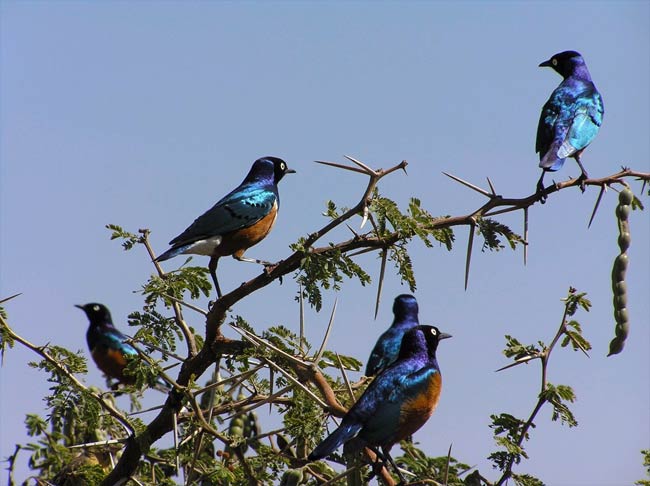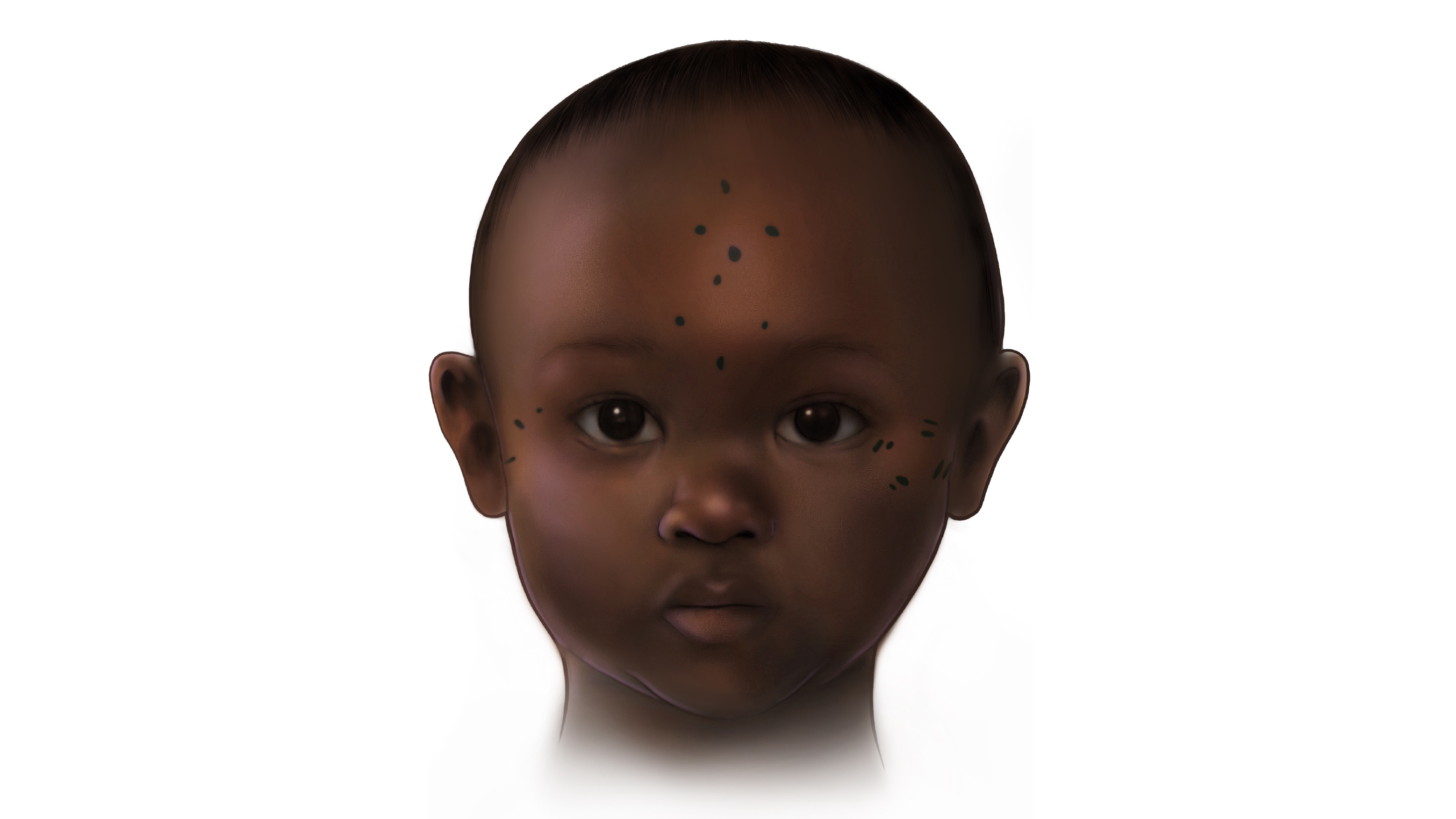In Some Bird Species, Even Females Are Pretty

In many bird species, the males get all the glory with elaborate, colorful plumes, while females' drab appearance keeps them under the radar. This is thought to be the case when females are choosy and males must compete against each other for mates.
That is true in many species. But now scientists have found that when birds live in families, and not every individual gets to breed, females must compete just as hard as males and thus have just as lavish plumage.
The original theory of sexual selection was outlined by Charles Darwin to explain why many species have dull females and flamboyant males. This tends to occur whenever reproduction is shared more equally among females than among males. In this case, the males must strut their stuff and perfect their ornamentation to be noticed, while even the plainest female will still be sought out as a mate, so there is no incentive for her to accessorize.
But when species combine their resources and work together to raise young, not every female gets the chance to mate. Scientists have found that more than 10 percent of bird species live this way. In this situation, researchers guessed that maybe there is not such a divide between males and females when it comes to showy traits.
"If competition for reproductive opportunities is intense in both sexes in species that live in family groups, it stands to reason that the traits that are typically only elaborate in males might also be elaborate in females in cooperatively breeding species," said Dustin Rubenstein, an assistant professor of ecology, evolution and environmental biology at Columbia University.
Rubenstein and his colleague Irby Lovette of the Cornell Laboratory of Ornithology investigated all 45 species of African starlings to test the hypothesis. Starlings are very diverse, with some birds in some species bearing exaggerated crests, bright and large tails, and iridescent patches of feathers.
The researchers found that among starling species that lived in families, there were fewer differences between males and females when it comes to plumage and body size.
Get the world’s most fascinating discoveries delivered straight to your inbox.
"As we predicted, there were clear differences in the patterns of sexual traits between cooperatively and non-cooperatively breeding starling species," Rubenstein said. "We interpret these results to mean that in cooperative species where not all females get to breed, competition for reproductive opportunities, other resources, or higher social status may be as intense as it is among males. Therefore, females might need the same type of exaggerated traits as males to compete with other females."
The researchers described their findings in the Dec. 10 issue of the journal Nature.



